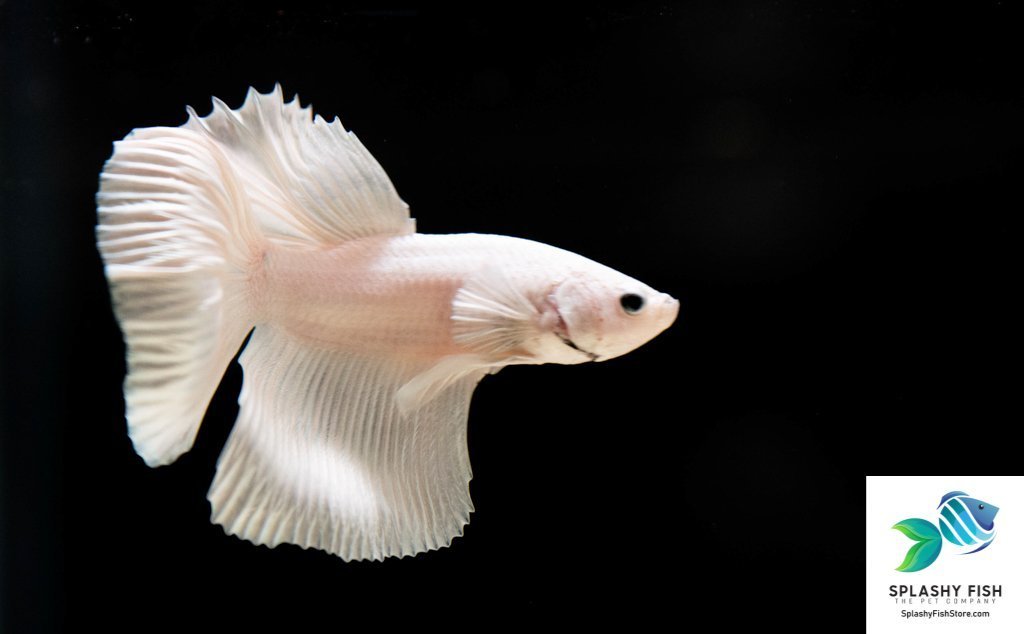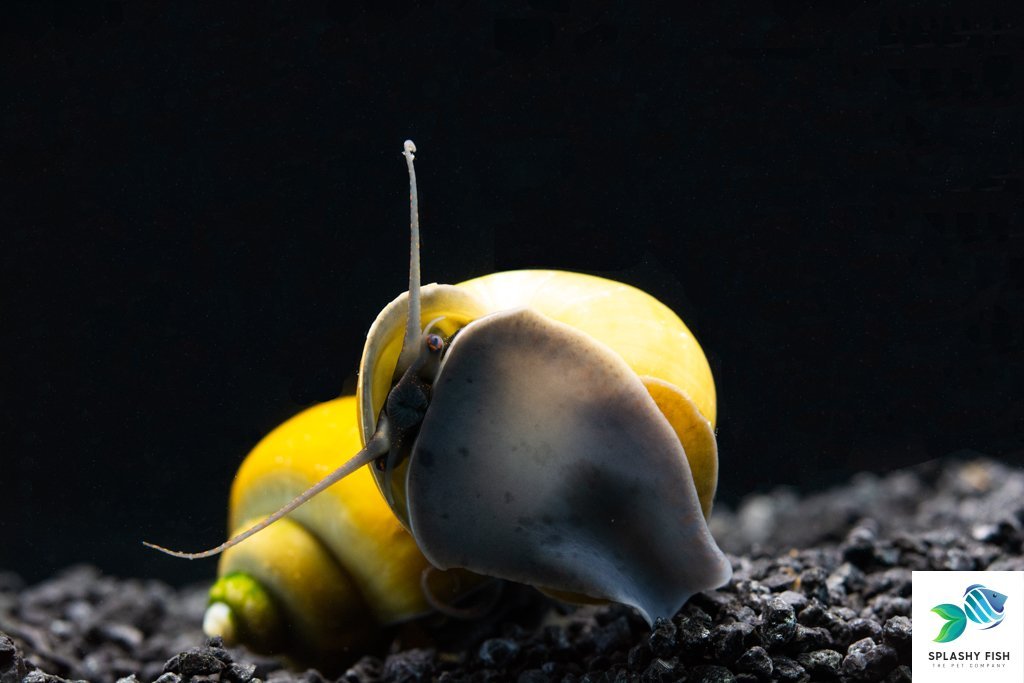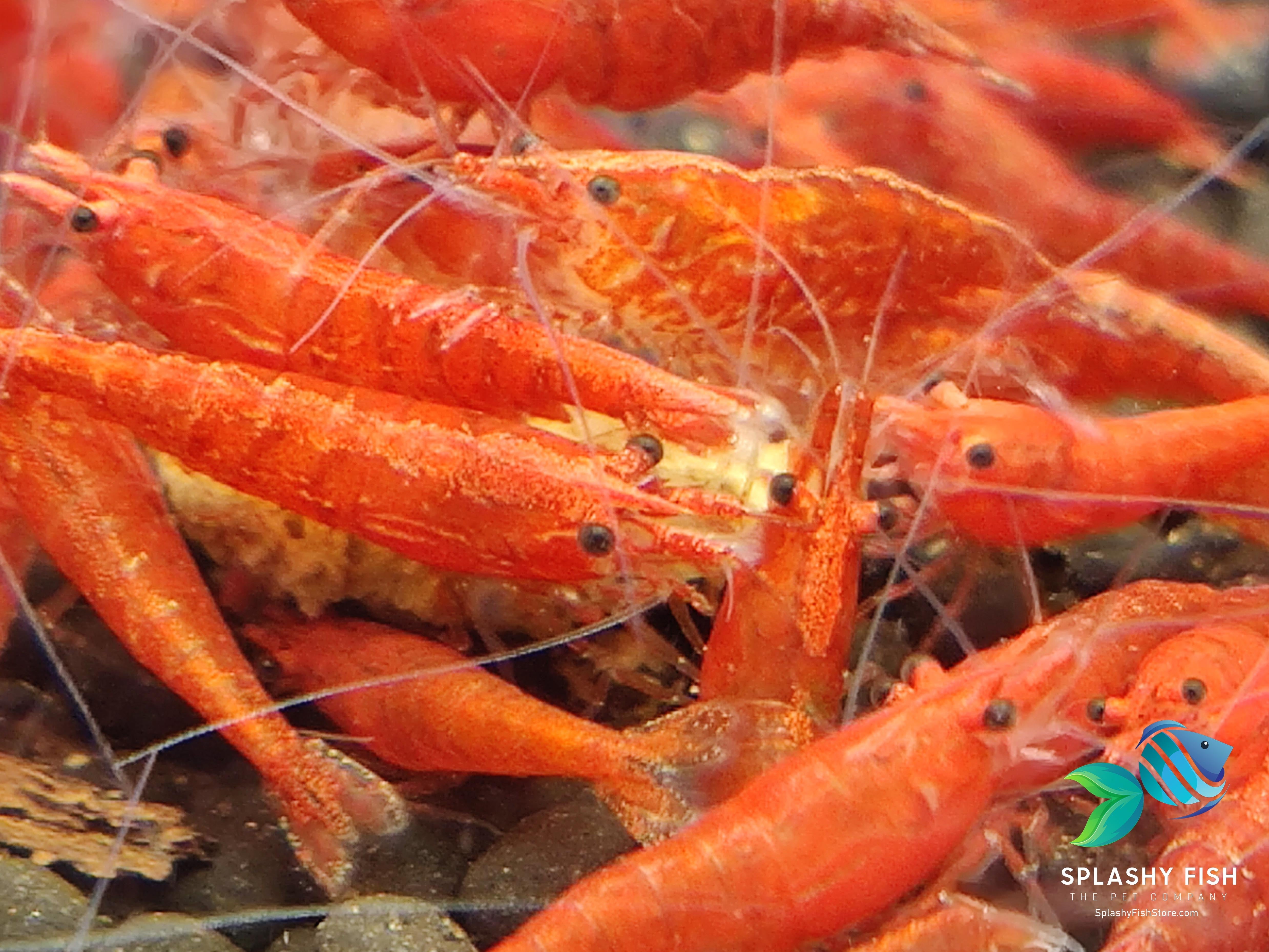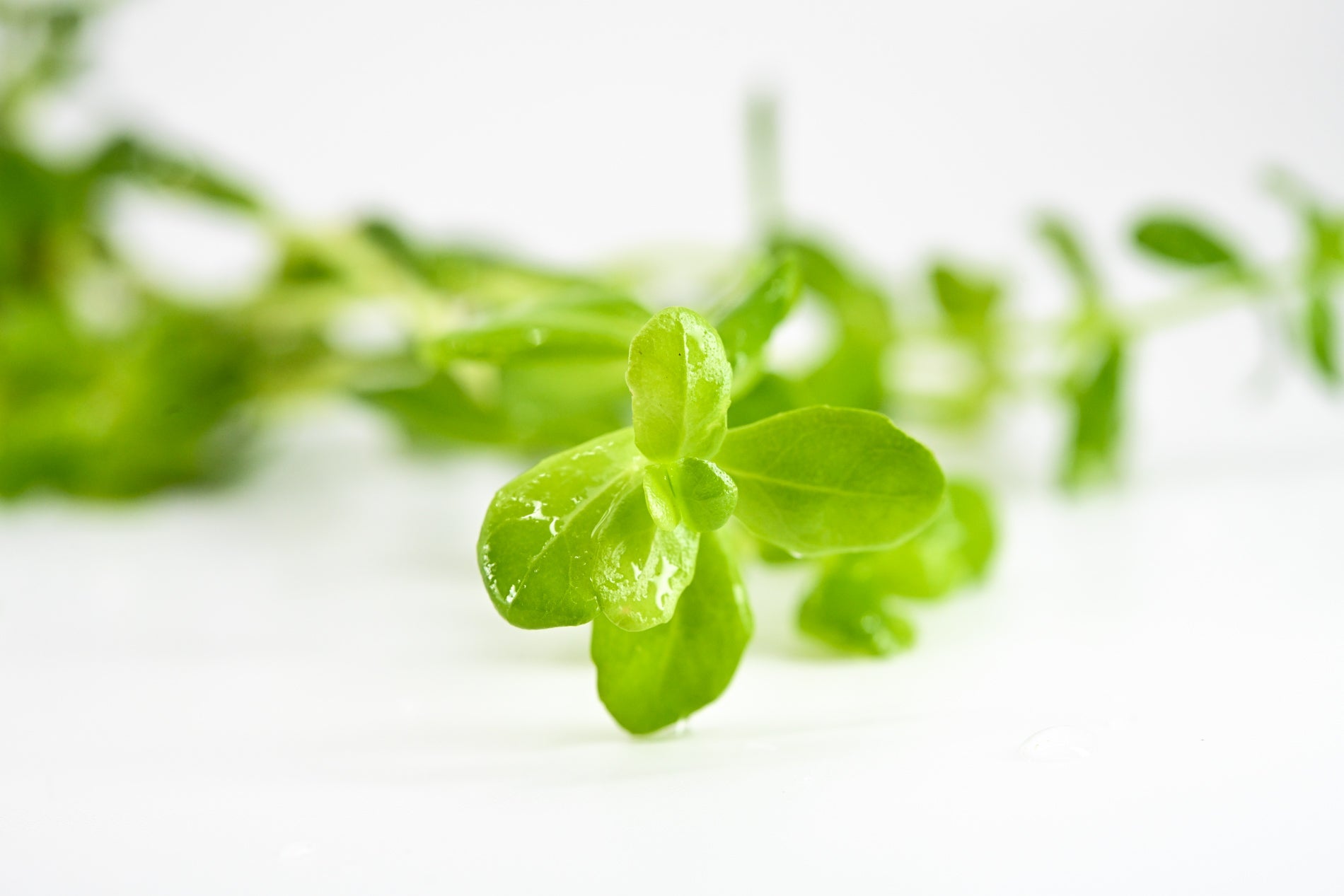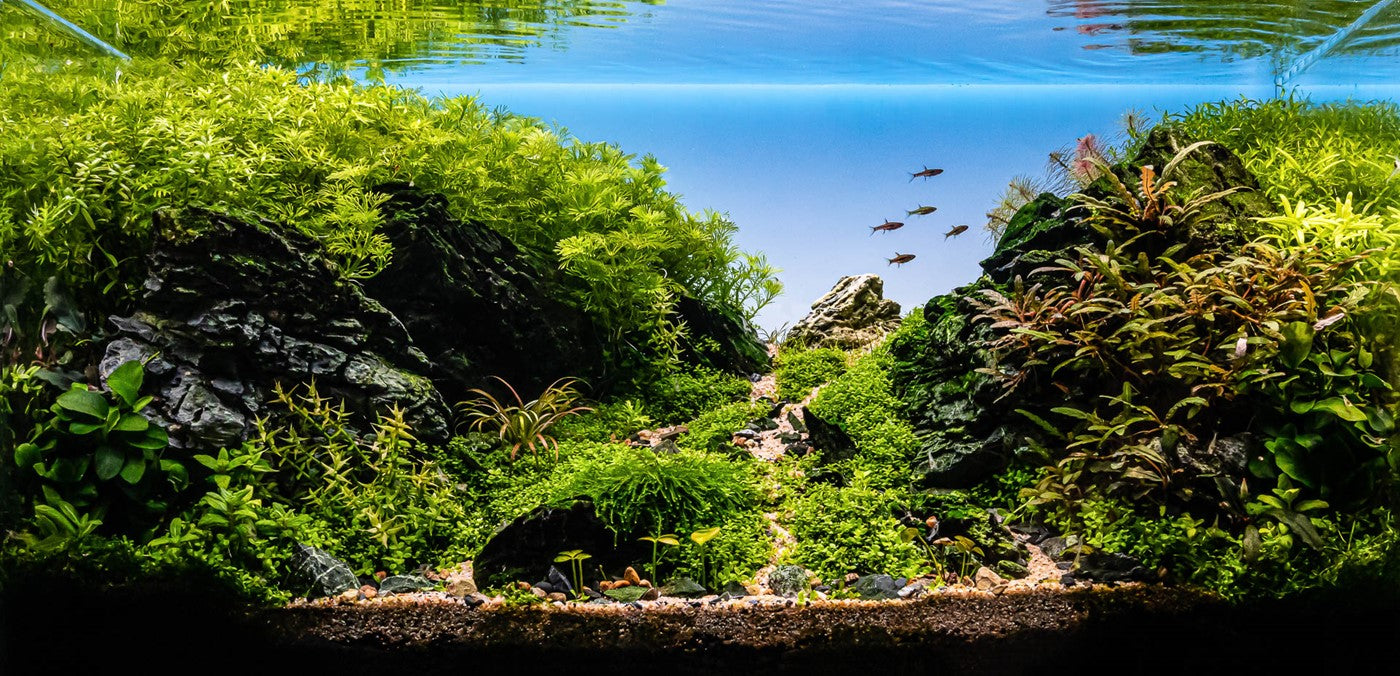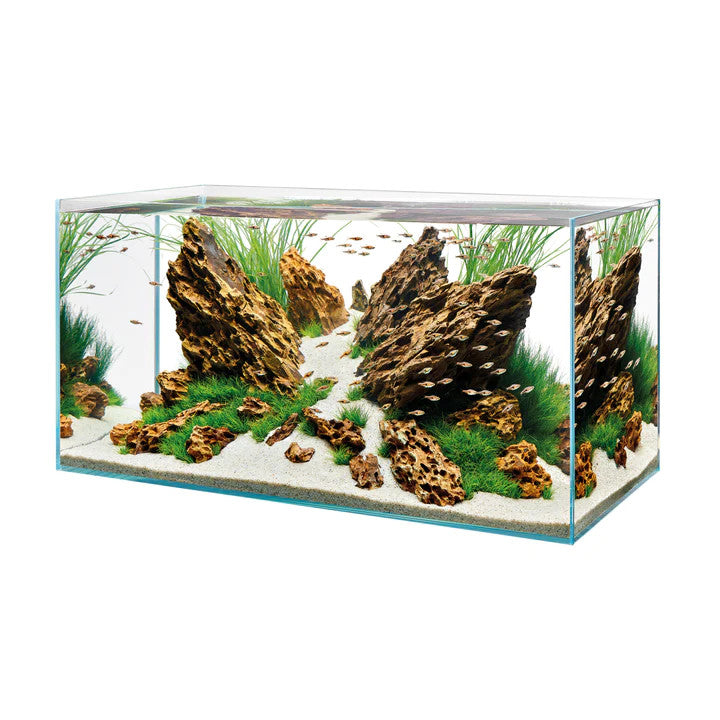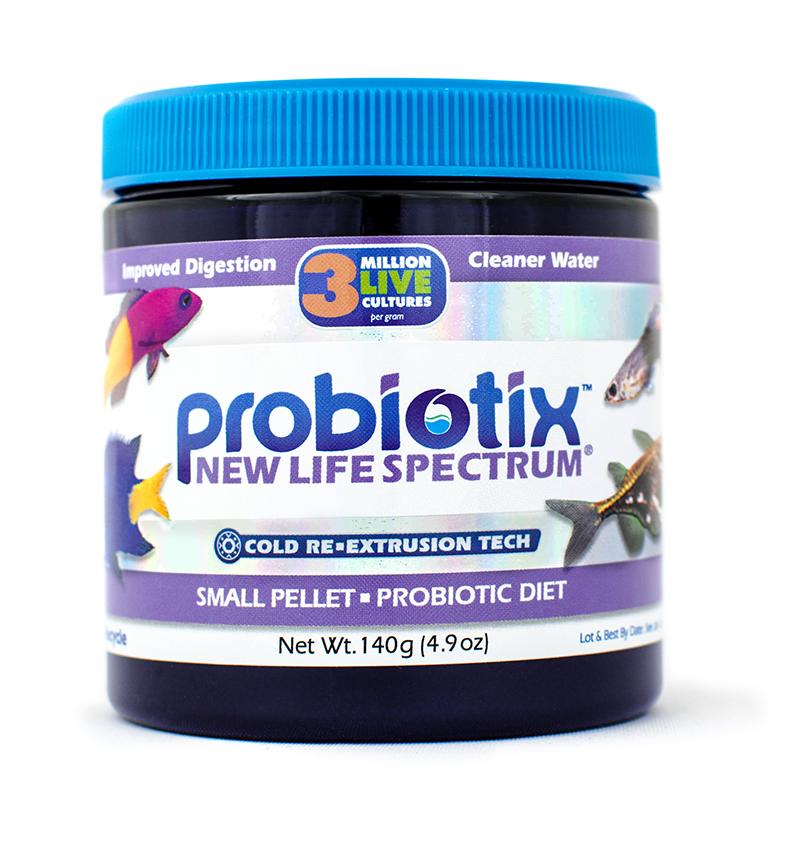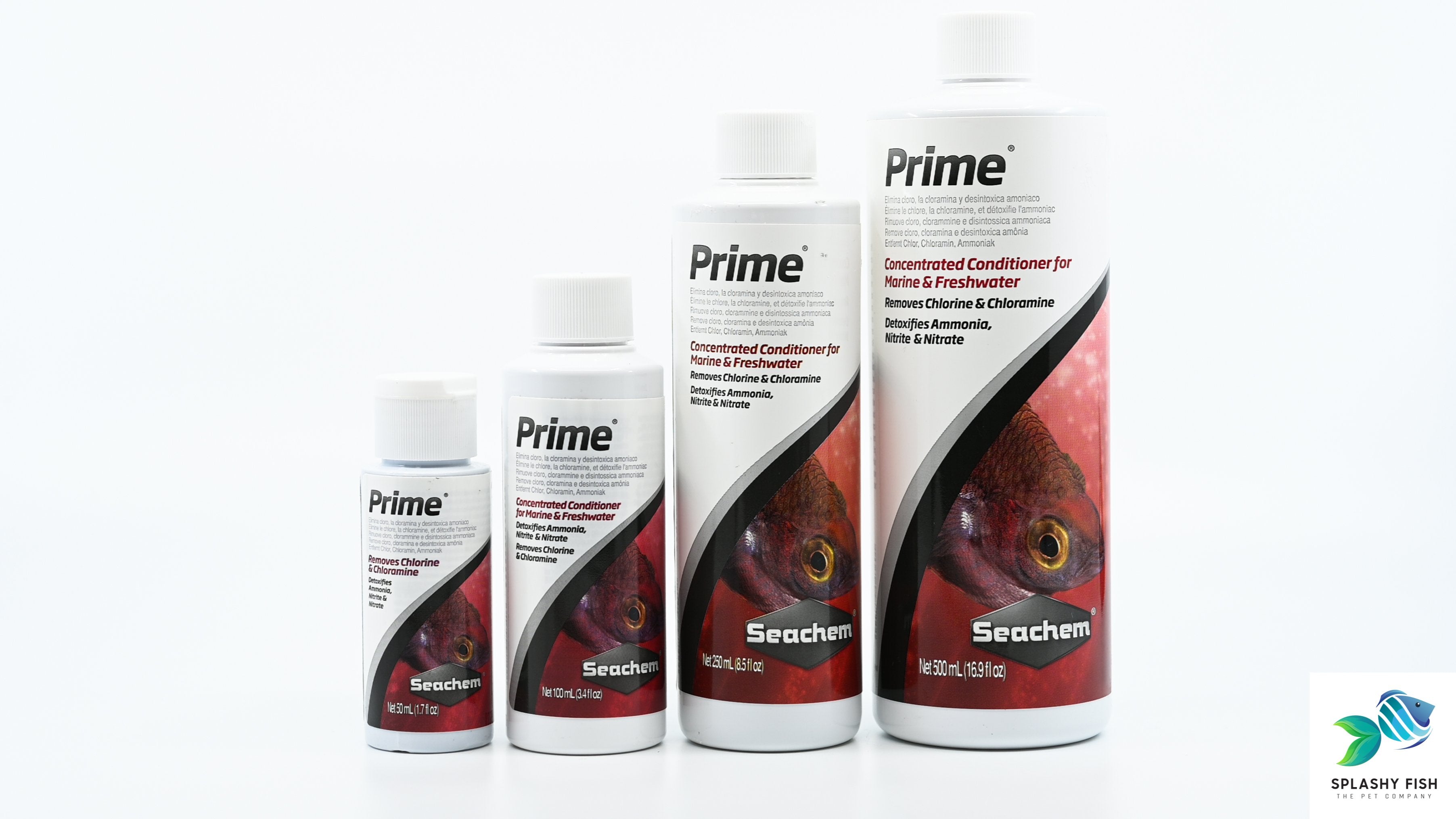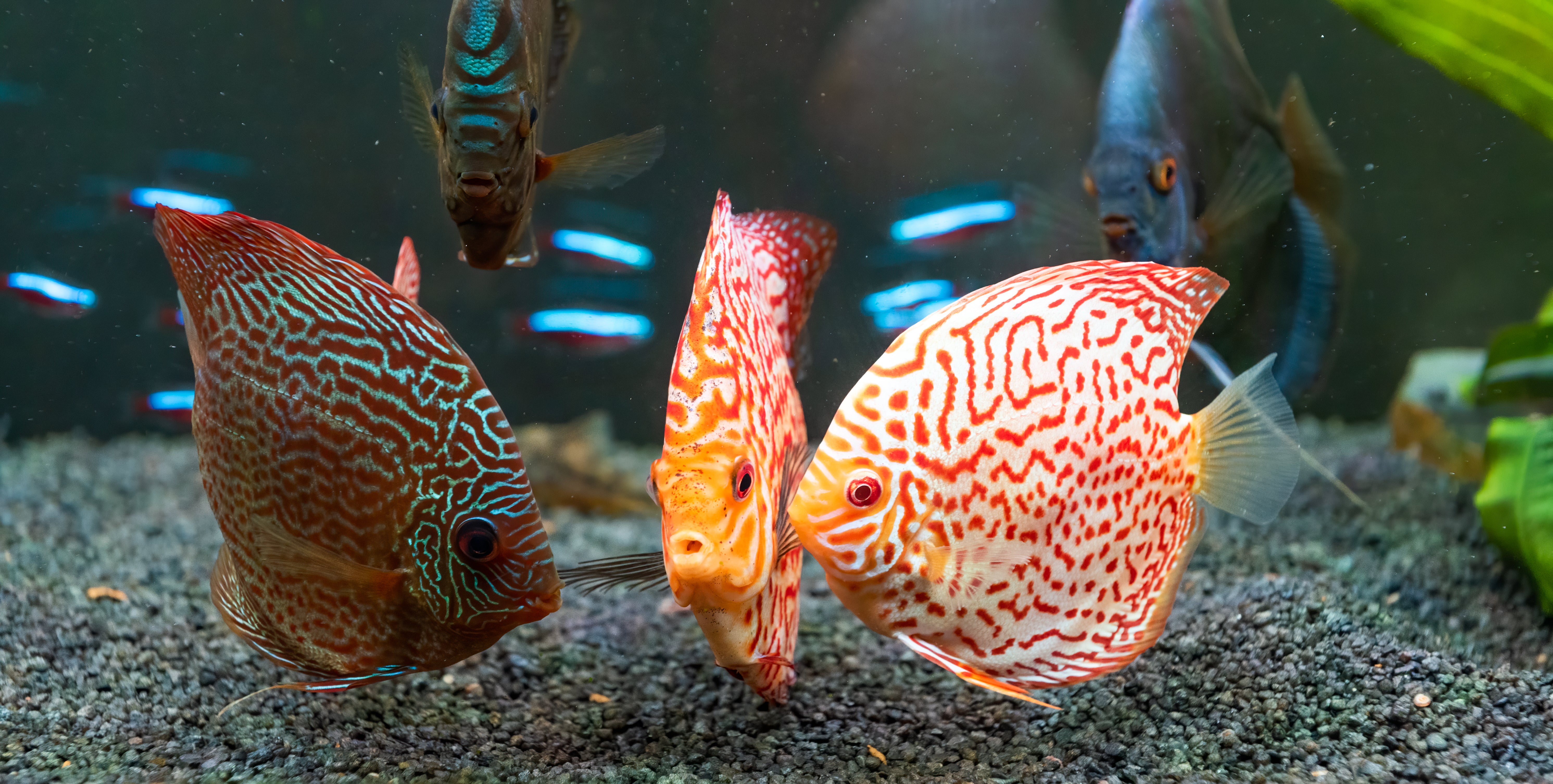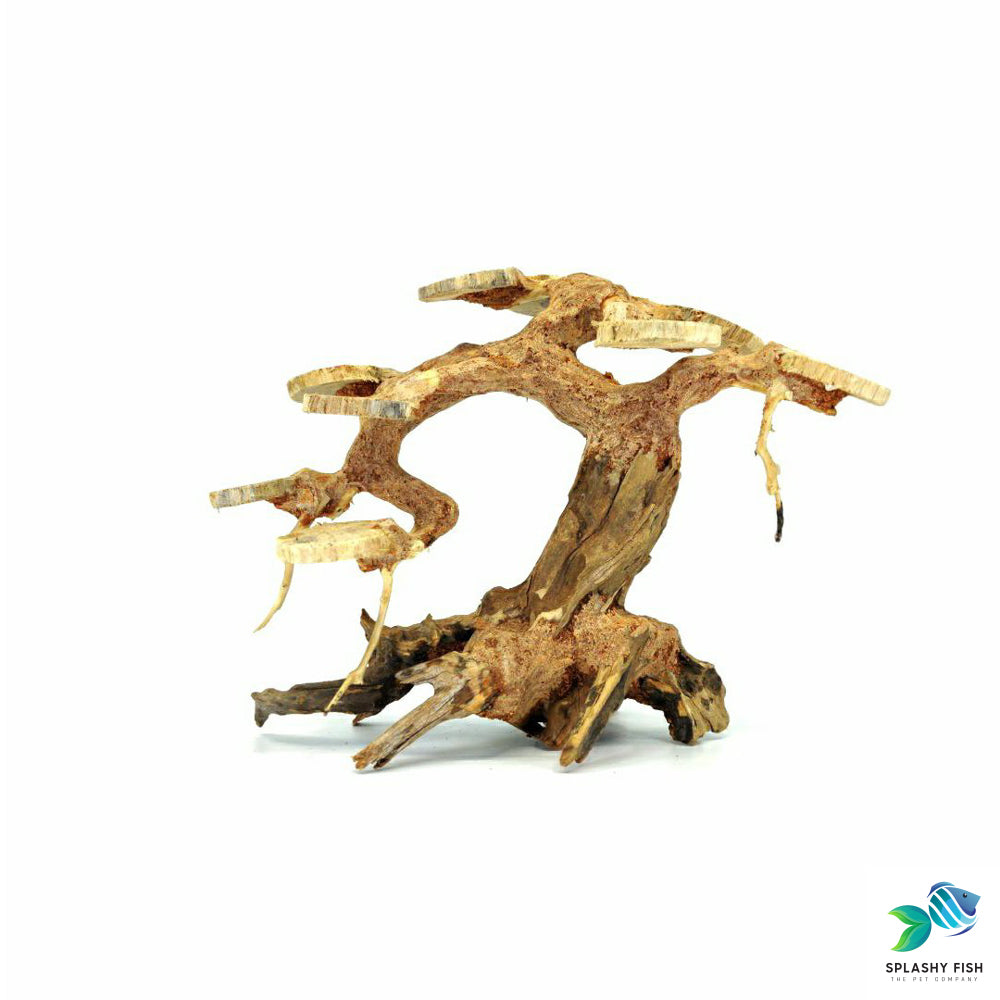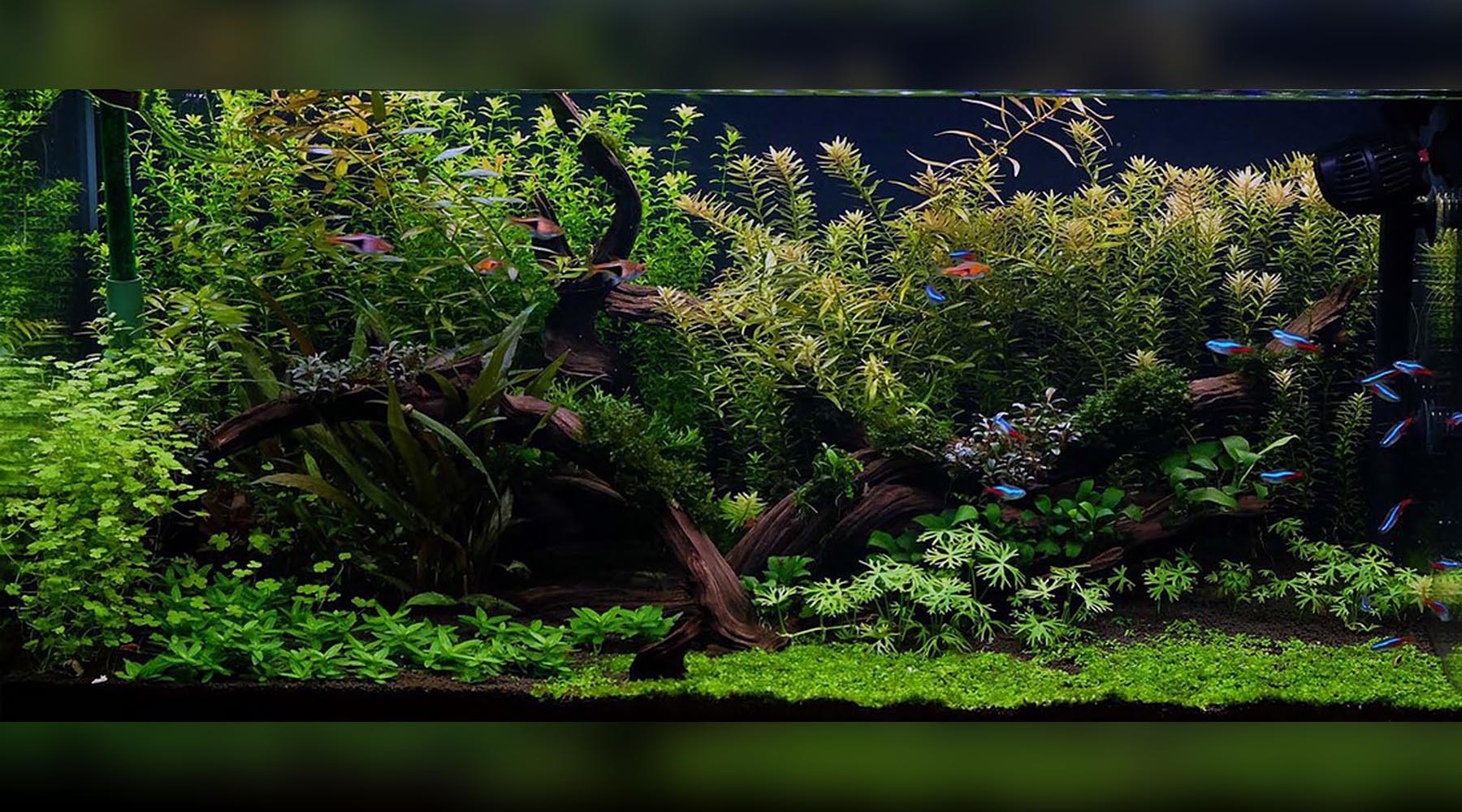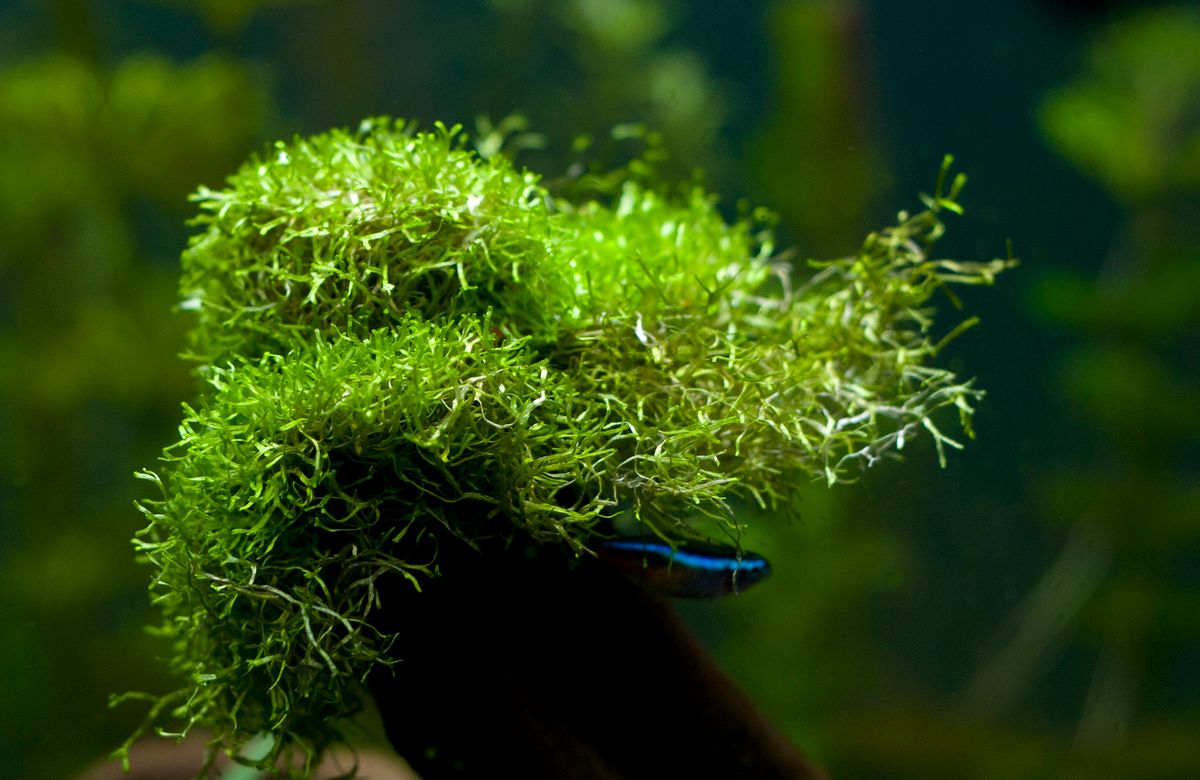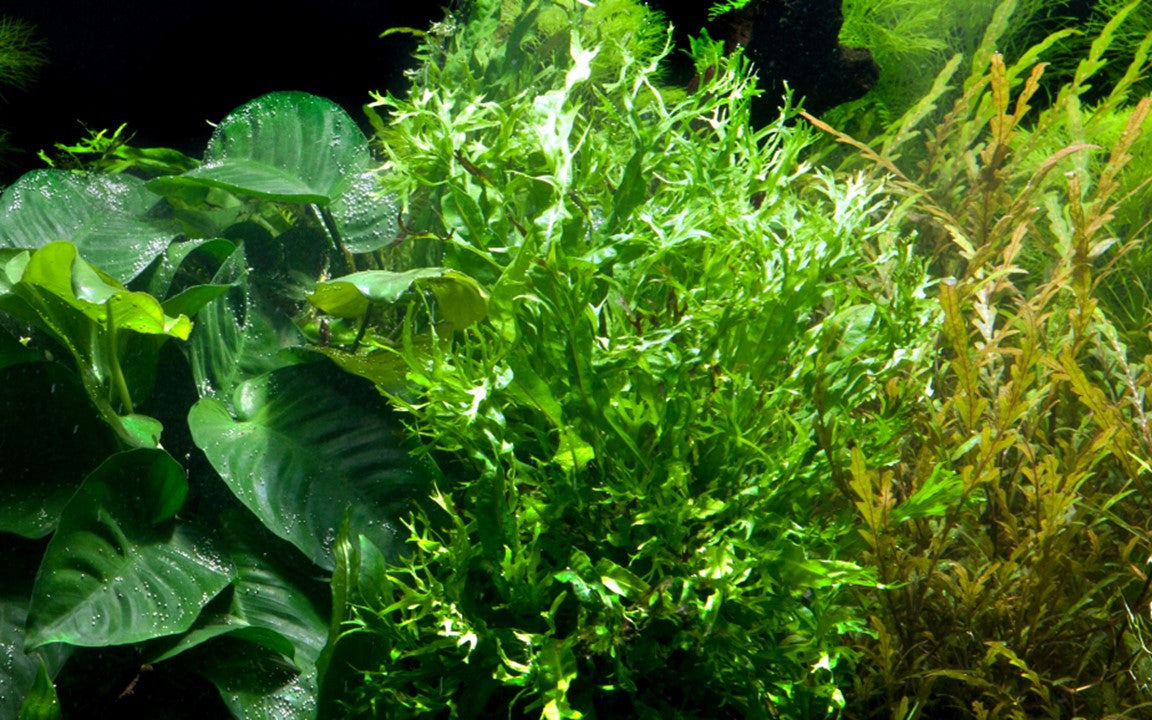Setting Up a Tank
Setting up a freshwater aquarium takes more planning than you might think. There are a lot of decisions to make before you even start picking out your gear.
- If you don’t have much space to work with,
- you’ll need to decide what size tank will fit in the area you’ve chosen.
- you’ll need to understand that the smaller the tank, the more attention the water parameters will need. Ammonia, nitrite, and nitrate can build up fast if you don’t stay on top of it.
- If space is not an issue,
- you’ll need to determine what size you can afford to maintain.
- you’ll need to be able to clean it, so choose one that you can reach the bottom without falling in!
- When choosing your fish/invertebrates,
- you’ll need to do research on the needs of the ones that interest you. Fish need more swim space than you might think.
- you’ll need to decide if you want a community tank or species only.
- If you decide on a community tank, you’ll need to research compatible tank mates
- You need to know if they’re schooling, shoaling, or intolerant of other fish of the same species.
- The type and number of fish need to fit in the tank you’re getting. Over stocking is not good for them physically, socially, and the water will be nearly impossible to maintain.
Once all of these things have been considered, you can move on to the next phase: picking out your gear!
The Aquarium
Aquariums come in different shapes and price points. You can buy them in packages with lids and filters, or those items can be purchased separately. The most affordable is the standard glass with black trim style, though rimless tanks are more popular these days. Regardless of the type of tank you choose, you will need something sturdy for it to sit on. Water weighs about 8 lbs per gallon, so they need a stand that can handle the weight. The entire bottom of the tank needs to be supported, so they can’t hang over the edge of the stand, and the rimless tanks need to sit on something soft like a yoga mat cut to size to keep them stable. Tanks with rims are stable without the padding when positioned on a stand correctly. It’s not recommended to place tanks in direct sunlight because that will promote algae growth.
The Lid
You may have seen fancy aquariums, such as those featured by aqua scapers, that don’t have lids. While that may look nice, it’s important to have a lid. Many fish will jump out of their tanks without one! Also, if you plan to have snails, they will climb out and not know how to climb back in. A lid will also keep the water from evaporating, and it will help keep the heat in.
- Glass lids are fairly inexpensive and are hinged in the middle so it will flip up for feeding and cleaning. They also have a slide-on section in the back that can be cut to accommodate air lines and heater cords.
- Hood style lids have lights built in so you don’t have to buy those separately, though you may need to purchase a second bulb. Some only come with one so you can customize the kind of light that shines into your tank. Some light is aesthetically pleasing and some is good for plant growth.
Filtration
There are a few different kinds of filtration to choose from. The best ones for your tank depend on the size. The best ones for beginners are:
- Hang on back, or HOB, filters work the best on “nano” tank sizes, up to 20 gallons. They’re easy to install and usually have cartridges you can replace at regular intervals. Experienced fish keepers tend to stay away from these because replacing the cartridge removes the beneficial bacteria that keep your water parameters stable. Some use media, which allows for filter cleaning without losing your beneficial bacteria. Some people prefer this style of filter because it doesn’t take up room inside the tank and gives the fish more space. Keep an eye on them, though, because fish have been known to swim through the intake and wind up inside!
- Sponge filters are simple and easy to use/maintain. They hold a lot of beneficial bacteria and cleaning is a breeze. Just squeeze the sponge out in a bucket of tank water and put it back on the base! Some people don’t like these because they aren’t attractive and they take up space in the tank. Other people do like them because you don’t have to change cartridges or media. You can put multiple sponge filters in a tank, so they’ll work in just about any size aquarium.
Substrate
Substrate is one of those things that is more complicated than it seems it should be. Not only do you need to consider how it looks, you also need to think about:
- How easy is it to clean? It’s much easier to vacuum gravel than sand or dirt.
- Can aquatic plants grow in it?
- Is it safe for bottom dwellers? If you won’t have any of those, then this isn’t really a consideration for you, but if you do, it should be the first one you make. Gravel that has sharp edges can injure fish and invertebrates.
- Is it small enough that food won’t fall through to the bottom where the fish can’t reach it? Large pebbles may look nice, but they can be problematic, not only for the reachability for your fish, but also because food stuck beneath them can wreak havoc on your water parameters when it starts to rot.
- Is it inert? If not, it can change your water parameters!
Of course you can always choose not to have any substrate, but where’s the fun in that? Some types of substrate are:
-
Sand
Both aesthetically pleasing and easy on bottom dwellers and invertebrates. If you plant anything live in it, you need to load it up with root tabs. On the plus side, it holds plants very well and there’s less of them coming loose and floating to the top of the aquarium. Just make sure there’s enough depth to sustain the plants.
-
Gravel
Comes in many forms and colors. - You can find everything from white to natural looking to neon or pastel.
- Be aware that the paint on some gravel can chip and can be toxic
- It can be large pebbles or small, fine stones
- Be sure to check to see if it’s smooth or jagged. If you have bottom dwellers you want it to be as smooth as possible
- Pea gravel-a popular choice because it’s inexpensive and easy to find at any hardware or gardening store.
- Be sure to rinse it thoroughly because it is very dusty and will make your water very cloudy, not only the first time you fill your tank, but every time you move plants/decorations, clean filters, or gravel vac.
- Aragonite, crushed coral, crushed marble, etc.-these substrates should be used with caution as they can change the hardness of the water and be toxic to fish. These can be added to aquariums in addition to other substrates to balance water parameters based on the needs of the inhabitants.
- As with sand, if you want to grow live plants, you will need to fortify it with root tabs.
-
Aqua soil
- This is the best choice for growing live plants, and it’s safe for bottom dwellers! Things to know:
- Some brands will make your water very cloudy, and others will not make your water cloudy at all.
- It’s pricey. The amount you need to cover the bottom of your tank can cost as much as the tank itself, depending on the brand.
- Like sand, it can be difficult to vacuum until you get the hang of it.
- It can sometimes change your water parameters, so make sure you test your water regularly
Heaters
Unless you live in a tropical area, most aquariums will require a heater, even if the fish can live in water as cool as 65 degrees. Most tropical fish will want water between 72 and 80 degrees.
- A general rule of thumb is to have 5 watts of power per gallon of water.
- 5 gallon tanks need a 25 watt heater
- 10 gallon tanks need a 50 watt heater
- 20 gallon tanks need a 100 watt heater
- Heaters can be as simple as self regulating, with no way to manually control the temperature, but are set internally to a temperature in the middle of the road for most fish, to digital thermostats with built in thermometers.
- If your heater doesn't have a built in thermometer, you will need to get a separate one.
Lighting
You’ll need a light if you want to see your fish and there’s no natural light. This is another area where there are more choices than you can imagine. You can go with a hood light that comes in aquarium kids if your goal is just to watch your fish. If you want to grow plants, there are lights for that too, but they have to be purchased separately and are not usually compatible with a hood type lid. And they come at all different price points, intensity, and mounting methods. You’ll need to research those to make the best choice for your aquarium. Between the type of light and bulbs that are available, there are many options available. Regardless of the type of light you choose, be mindful that too much light can encourage algae growth, and that’s not a problem you want to have.
Decorations
Picking decorations is the most fun part of setting up your aquarium! There’s everything from resin sculpted sunken ships and natural looking forest-like pieces to real driftwood and rocks. The aquascaping possibilities are endless!
- Be mindful that rough texture and sharp edges can harm fish, so it’s advised to run your hands over decoration surfaces to make sure they’re safe.
- Fish can, and do, get stuck in small holes and openings in decorations. Avoid anything that has the potential for your fish to get stuck!
- Some mass produced, low quality decorations are made with paint that is toxic to fish, especially if it flakes off.
Conclusion
Once you’ve made all these choices you’re ready to put it all together and cycle your tank! It can take anywhere from a couple of weeks to over a month for parameters to be right for adding fish, but that’s a topic for a whole different article. In the meantime, enjoy the setup process!


